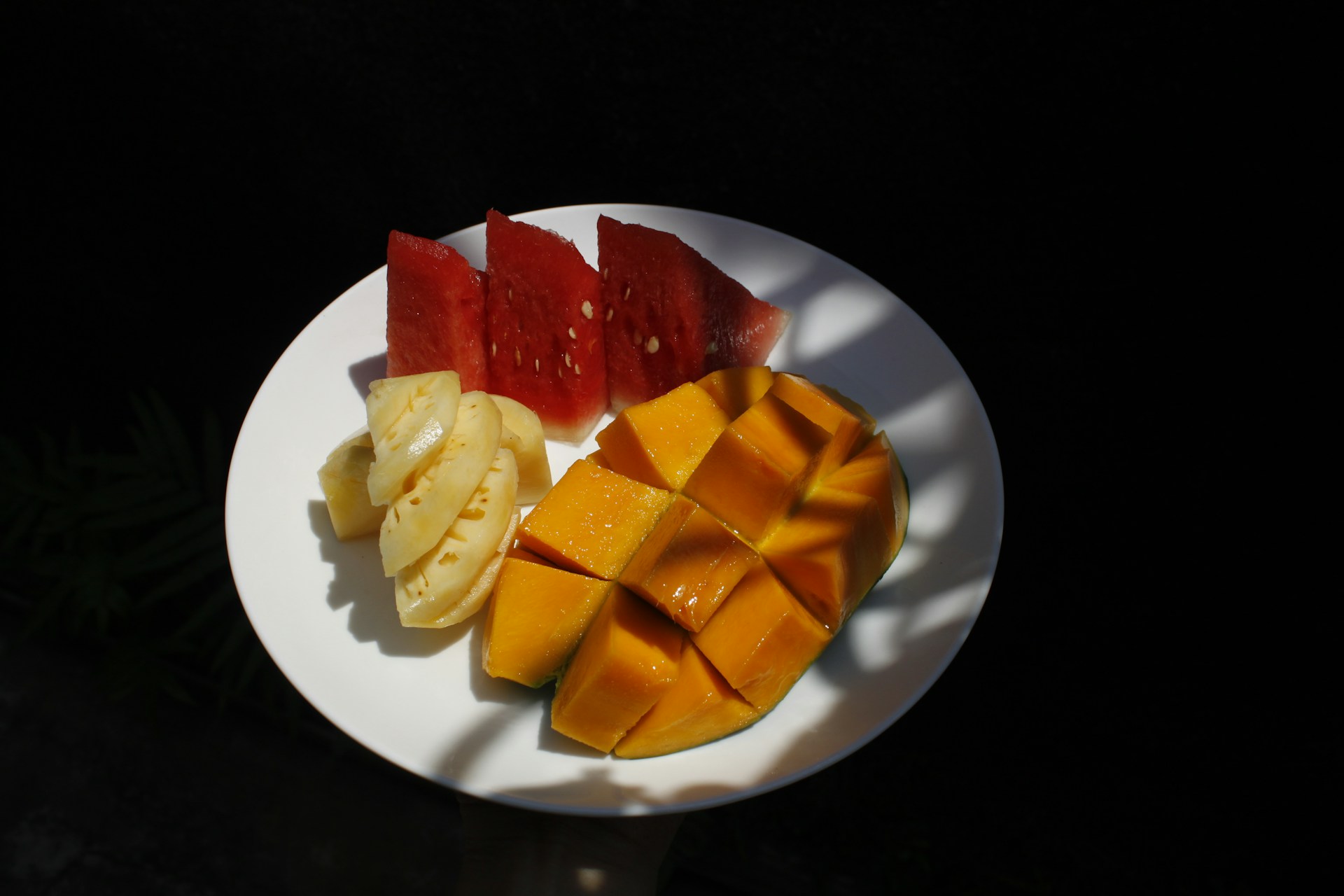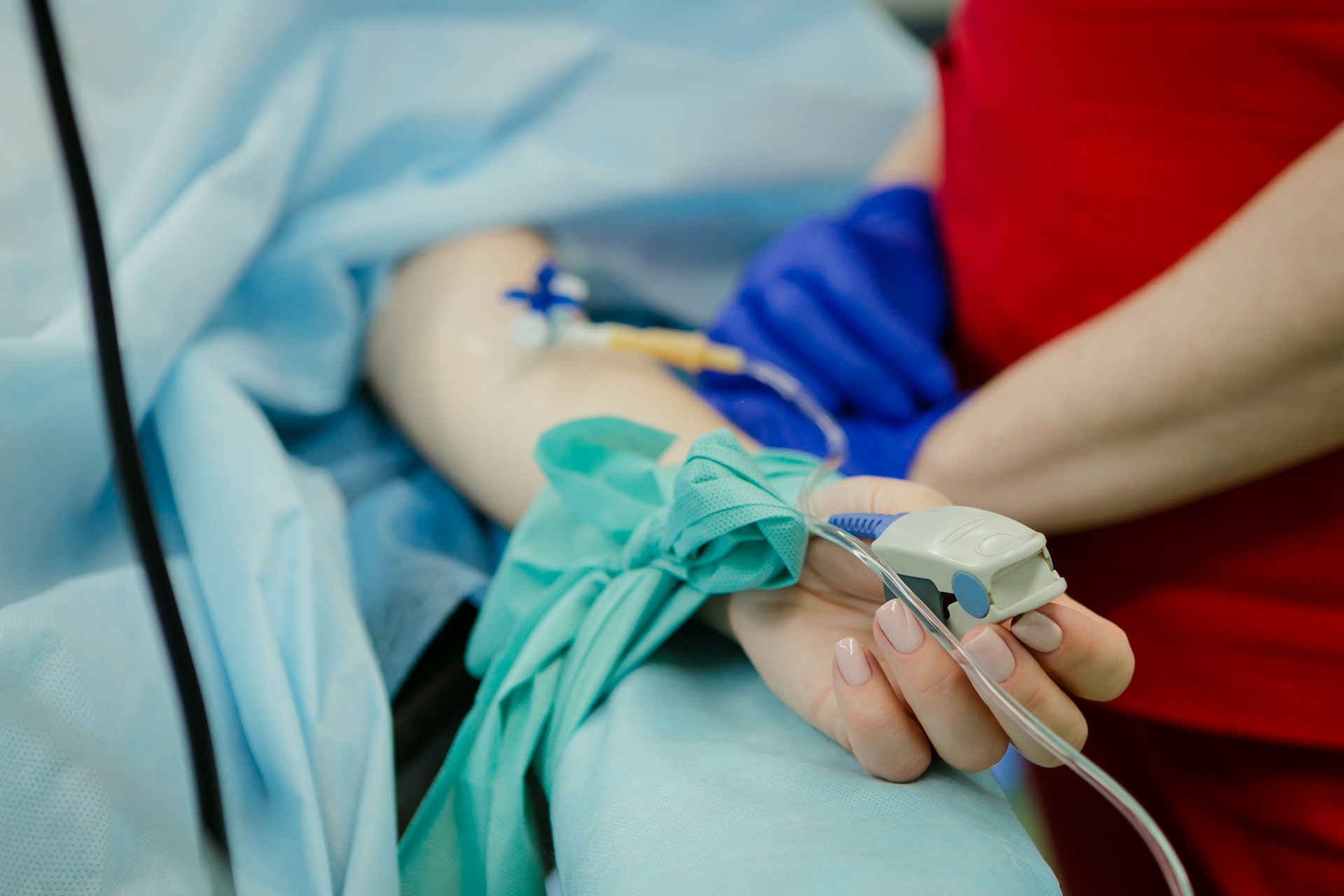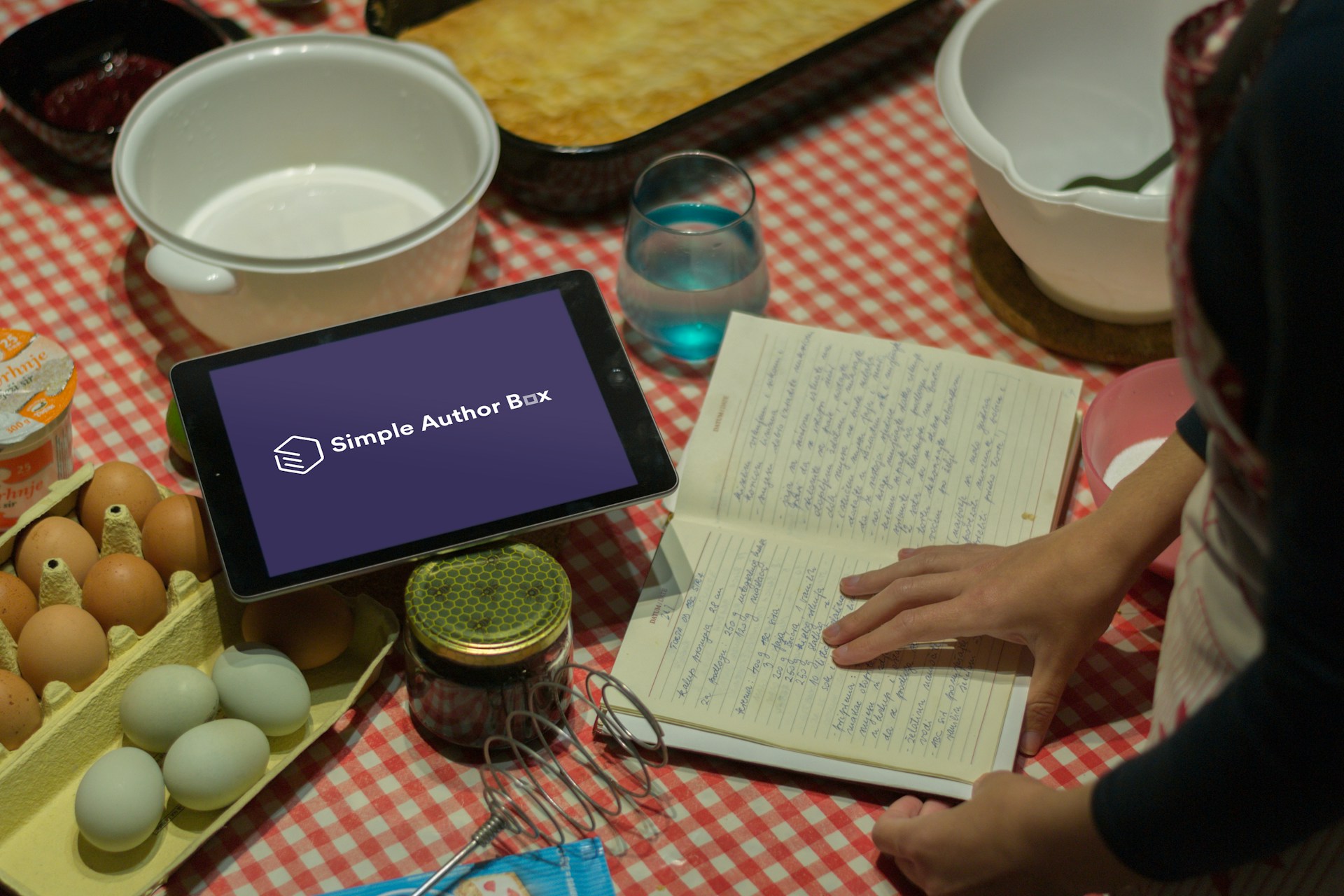Perbedaan Hemoglobin Terglikosilasi (Hba1c) terhadap Profil Lipid Pasien Rumah Sakit Islam Surabaya
Downloads
ABSTRAK
Latar Belakang : Diabetes melitus merupakan penyakit metabolik dengan karakteristik hiperglikemia sebagai akibat kelainan sekresi insulin maupun kerja insulin. Diabetes sebagai salah satu penyebab dislipidemia sekunder, sehingga pengelolaan glukosa darah merupakan pencegahan primer timbulnya komplikasi penyakit kardiovaskular. Hasil Riskesdas tahun 2018, prevalensi diabetes melitus yang didiagnosis dokter pada penduduk di semua umur sebesar 3,4% di Kota Surabaya.
Tujuan : Penelitian ini untuk mengetahui perbedaan profil lipid pada level HbA1C normal, prediabetes dan diabetes melitus.
Metode : Penelitian cross sectional, teknik pengambilan sampel dengan simple random sampling dari data rekam medis pasien rawat jalan di Rumah Sakit Islam Surabaya dari 1 Januari tahun 2018 sampai dengan 31 Desember 2019 berusia 35-80 tahun dan mendapat pemeriksaan HbA1c, kolesterol, trigliserida dan LDL-kolesterol pada waktu yang sama dan terdokumentasi lengkap pertama sekali sehingga diperoleh besar sampel 73 data pasien. Uji Anova one way digunakan untuk mengetahui perbedaan rata-rata kolesterol, trigliserida dan LDL-kolesterol berdasarkan HbA1C.
Hasil : Hasil penelitian menunjukkantidakada perbedaan yang signifikan rata-rata kolesterol, dan LDL-kolesterol dengan tingkatan HbA1C (p>0,05), ada perbedaan yang signifikan rata-rata trigliserid dengan HbA1C normal, prediabetes, dan diabetes (p=0,01). Hasil multiple comparison dengan metode Tukey HSD menunjukkan perbedaan signifikan rata-rata trigliserid pada HbA1C normal dengan diabetes (p=0,039) dan prediabetes dengan diabetes (p=0,044).
Kesimpulan :Perbedaan rata-rata trigliserida signifikanpada HbA1Ckategorinormal dan prediabetes dengan diabetes, pentingnya mengendalikanglukosa darah untuk mencegahkomplikasi kardiovaskuler pada penderita diabetes melitus yang dapat dilakukan melalui pemantauan mandiri glukosa darah, pola hidup sehat, aktivitas fisik secara teratur, terapi nutrisi medis sesuai kebutuhan, menurunkan berat badan bagi yang mengalami obesitas, tidak merokokdan intervensi obat anti hiperglikemia jika dibutuhkan.
Kata Kunci : diabetes, HbA1C, kolesterol, trigliserid, LDL-kolesterol.
ABSTRACT
Background :Diabetes melitus is a metabolic disease characterized by hyperglicemia as a result of abnormal insulin secretion and insulin action. Diabetes is a cause of secondary dislipidemia, so that diabetes melitus monitoring is a primary deterrent to cardiovascular complication. Riskesdas 2018 said that the prevalence of doctors' diagnosed diabetes in the population at all age 3.4% in Surabaya.
Objective : This study is to find out the difference in lipid profiles on normal HbA1Clevels, pre-diabetes and diabetes mellitus
Method: Cross-sectional study, the sampling technique used was simple random sampling fromoutpatient medical recordsthe Surabaya Islamic hospital's from 1st of January 2018 to 31st December 2019 aged 35-80 years and checked for HbA1C, cholesterol, triglyceride and LDL-cholesterol at the same and firsttime documented. Sample sizes of 73 data analized with One Way Anova test was used to identify differences in mean cholesterol, triglyceride and LDL-cholesterol based Hba1C.
Results :The results showed that there was no significant difference mean cholesterol and mean LDL-cholesterol with HbA1C levels (p> 0.05), there were significant differences mean the triglyceride with normal HbA1C levels, pre-diabetes, and diabetes (p= 0.01). Multiple comparason results using Tukey HSD methods showed that there was significant differences mean the triglycerid on normal HbA1C levels with diabetes (p= 0.039) and the mean triglyceride ebetween hba1c prediabetesand diabetes (p= 0.044).
Conclusions: The mean difference trigliseride signifnificant in normal HbA1C levels and pre-diabetes with diabetes.The importantce of controlling blood glucose to prevent cardiovasculer complication in people with diebetes mellitus can be done through education on independent monitoring of blood glucose, healthy lifestyle, reguler physical activity, medical nutrition therapy according to the needs, lost weight for those who are obese, do not smoke and anti-hyperglicemia drug intervention if needed.
REFERENSI
Rudijanto, A. Konsensus Pengelolaan dan Pencegahan Diabetes Melitus Tipe 2 di Indonesia 2015. Pengurus Besar Perkumpulan Endokrinologi Indonesia (PB PERKENI), 2015).
Internasional Diabetes Federation. Diabetes Atlas. Seventh edition (2015).
Internasional Diabetes Federation. Diabetes Atlas. Ninth edition (2019).
Kementerian Kesehatan Republik Indonesia. Hasil Utama Riskesdas 2018. (2018).
Kementerian Kesehatan Badan Penelitian dan Pengembangan Kesehatan. Hasil Utama Riskesdas 2018 Provinsi Jawa Timur. Kementrian Kesehatan Republik Indonesia. 1–100 (2018).
Vinay Kumar, R. S. C. & S. L. R. Buku Ajar Patologi. edisi 7 (EGC, 2007).
Decroli, E. Diabetes Melitus Tipe 2. (Pusat Penerbitan Bagian Ilmu Penyakit Dalam Fakultas Kedokteran Universitas Andalas, 2019).
Pusat Data dan Informasi Kementerian Kesehatan Republik Indonesia. Hari Diabetes Sedunia Tahun 2018. Pusat Data dan Informasi Kementrian Kesehatan Republik Indonesia. 1–8 (2018).
Indonesia, P. E. Pedoman Pengelolaan Dislipidemi di Indonesia 2019. Pb. Perkeni 9 (2019) doi:10.1002/bit.22430.
Perkumpulan Endokrinologi Indonesia. Pedoman Pemantauan Glukosa Darah Mandiri.. 28 halaman (2019).
American Diabetes Association. Standards Of Medical Care In Diabetes. Diabetes Care43, S1–S212 (2020).
Wahjuni, S. Dislipidemia Penyebab Stress Oksidatif Ditandai Oleh Malondialdehid. (Udayana University Press, 2015).
Zhou, X., X. R., L. H., J, G., H. Q., K. W., Siyu, Y., X. R., X. W., X. L., J. K., G. Z., & Qiao, Sun. Optimal hemoglobin A1C cutoff value for diabetes mellitus and pre-diabetes in Pudong New Area, Shanghai, China. Prim. Care Diabetes12, 238–244 (2018).
Spessatto, D., Brum, L. M. B. dos P. & Camargo, J. L. Oxidized LDL but not total LDL is associated with HbA1c in individuals without diabetes. Clin. Chim. Acta471, 171–176 (2017).
Zubair, M., Malik, A. & Ahmad, J. Correlation of HbA1c and S. creatinine along with microbiological profiling of infected ulcers; cases of diabetic patients. Diabetes Metab. Syndr. Clin. Res. Rev.13, 30–34 (2019).
Jordan, D. P., M. L., S.S., S. N., F. A., A. J., S. A.,Mark, D. S., & Richard, B. H. HbA1c, lipid profiles and risk of incident type 2 Diabetes in United States Veterans. PLoS One13, 1–12 (2018).
Calanna, S., R. S., Pino, A. D., Knop, F. K., Rabuazzo, A.M., & Purerello, F. Lipid and liver abnormalities in haemoglobin A1c-defined prediabetes and type 2 diabetes. Nutr. Metab. Cardiovasc. Dis.24, 670–676 (2014).
Patcharapon, S., C. K., A. E., Saksipong, K., P. K., & Rawisut, D. Diabetes and cardiovascular risk factor controls in Thai type 2 diabetes with no history of cardiovascular complications; Situation and compliance to diabetes management guideline in Thailand. J. Diabetes Complications26, 102–106 (2012).
Sone, H., Nakagami, T., Nishimura, R. & Tajima, N. Comparison of lipid parameters to predict cardiovascular events in Japanese mild-to-moderate hypercholesterolemic patients with and without type 2 diabetes: Subanalysis of the MEGA study. Diabetes Res. Clin. Pract.113, 14–22 (2016).
AMERTA NUTR by Unair is licensed under a Creative Commons Attribution-ShareAlike 4.0 International License.
1. The journal allows the author to hold the copyright of the article without restrictions.
2. The journal allows the author(s) to retain publishing rights without restrictions
3. The legal formal aspect of journal publication accessibility refers to Creative Commons Attribution Share-Alike (CC BY-SA).
4. The Creative Commons Attribution Share-Alike (CC BY-SA) license allows re-distribution and re-use of a licensed work on the conditions that the creator is appropriately credited and that any derivative work is made available under "the same, similar or a compatible license”. Other than the conditions mentioned above, the editorial board is not responsible for copyright violation.












































